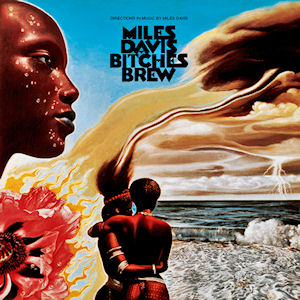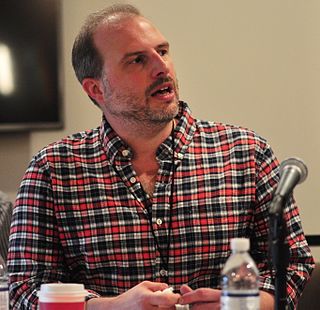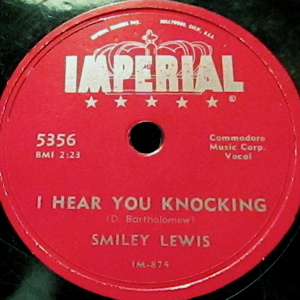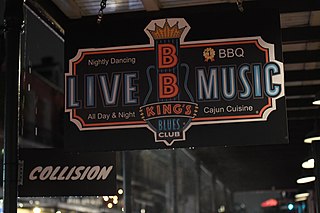Hard rock or heavy rock is a heavier subgenre of rock music typified by aggressive vocals and distorted electric guitars. Hard rock began in the mid-1960s with the garage, psychedelic and blues rock movements. Some of the earliest hard rock music was produced by the Kinks, the Who, the Rolling Stones, Cream, Vanilla Fudge, and the Jimi Hendrix Experience. In the late 1960s, bands such as Blue Cheer, the Jeff Beck Group, Iron Butterfly, Led Zeppelin, Golden Earring, Steppenwolf, and Deep Purple also produced hard rock.
Swamp blues is a type of Louisiana blues that developed in the Black communities of Southwest Louisiana in the 1950s. It incorporates influences from other genres, particularly zydeco and Cajun. Its most successful proponents include Slim Harpo and Lightnin' Slim, who enjoyed national rhythm and blues hits.
Electric blues is blues music distinguished by the use of electric amplification for musical instruments. The guitar was the first instrument to be popularly amplified and used by early pioneers T-Bone Walker in the late 1930s and John Lee Hooker and Muddy Waters in the 1940s. Their styles developed into West Coast blues, Detroit blues, and post-World War II Chicago blues, which differed from earlier, predominantly acoustic-style blues. By the early 1950s, Little Walter was a featured soloist on blues harmonica using a small hand-held microphone fed into a guitar amplifier. Although it took a little longer, the electric bass guitar gradually replaced the stand-up bass by the early 1960s. Electric organs and especially keyboards later became widely used in electric blues.

Bitches Brew is a studio album by the American jazz trumpeter, composer, and bandleader Miles Davis. It was recorded from August 19 to 21, 1969, at Columbia's Studio B in New York City and released on March 30, 1970, by Columbia Records. It marked his continuing experimentation with electric instruments that he had featured on his previous record, the critically acclaimed In a Silent Way (1969). With these instruments, such as the electric piano and guitar, Davis departed from traditional jazz rhythms in favor of loose, rock-influenced arrangements based on improvisation. The final tracks were edited and pieced together by producer Teo Macero.

Richard Shindell is an American folk singer, songwriter, producer, and musician. Shindell grew up in Port Washington, New York, and now lives in Buenos Aires, Argentina, with his wife, Lila Caimari, a university professor, and their children.

Sylvia Jane Kirby, also known mononymously as Sylvia, is an American country music and country pop singer and songwriter. Her biggest hit, was her single "Nobody" in 1982. It reached number 15 on the Billboard Hot 100, number 5 on the Billboard Adult Contemporary chart, number 9 on the Cashbox Top 100, and number 1 on the Billboard Country Singles chart. The song earned her a gold record certification and a Grammy Award nomination for Best Female Country Vocal Performance. Her other country chart hits include "Drifter", "Fallin' in Love", "Tumbleweed" and "Snapshot". She was named Female Vocalist of the Year by the Academy of Country Music for 1982. She is also credited with making the first "concept" music video clip to air on Country Music Television (CMT), with "The Matador".
Roots rock is a genre of rock music that looks back to rock's origins in folk, blues and country music. It is seen as responses to the perceived excesses of the dominant psychedelic and the developing progressive rock. Because roots music (Americana) is often used to mean folk and world musical forms, roots rock is sometimes used in a broad sense to describe any rock music that incorporates elements of this music. In the 1980s, roots rock enjoyed a revival in response to trends in punk rock, new wave, and heavy metal music.

Eddie Jones, known as Guitar Slim, was an American guitarist in the 1940s and 1950s, best known for the million-selling song "The Things That I Used to Do", for Specialty Records. It is listed in the Rock and Roll Hall of Fame's 500 Songs That Shaped Rock and Roll. Slim had a major impact on rock and roll and experimented with distorted tones on the electric guitar a full decade before Jimi Hendrix.

Otis Blue/Otis Redding Sings Soul is the third studio album by American soul singer and songwriter Otis Redding. It was first released on September 15, 1965, as an LP record through the Stax Records subsidiary label Volt.

Stephen Thomas Erlewine is an American music critic and senior editor for the online music database AllMusic. He is the author of multiple artist biographies and record reviews for AllMusic, as well as a freelance writer, occasionally contributing liner notes.

"I Hear You Knocking" is a rhythm and blues song written by American musician Dave Bartholomew. New Orleans rhythm and blues singer Smiley Lewis first recorded the song in 1955. The lyrics tell of the return of a former lover who is rebuffed.
RhythmOne plc, previously known as Blinkx, and also known as RhythmOne Group, is an American digital advertising technology company that owns and operates the web properties AllMusic, AllMovie, and SideReel.

Harvest for the World is the fourteenth studio album released by The Isley Brothers on their T-Neck imprint on May 29, 1976.

New Orleans blues is a subgenre of blues that developed in and around the city of New Orleans, influenced by jazz and Caribbean music. It is dominated by piano and saxophone, but also produced guitar bluesmen.

Dreaming My Dreams is the twenty-second studio album by American country music artist Waylon Jennings. The album was co-produced with Jack Clement and recorded at Glaser Sound Studio in Nashville, Tennessee, between February and July 1974.
The discography of West Coast hip hop artist Mack 10 consists of eight studio albums, two compilation albums, twenty-two singles, and fifteen music videos. He has also collaborated on two albums and was featured in two soundtrack albums. After signing to Priority Records in 1995, Mack 10 released his self-titled debut album in June. The album, produced by fellow rapper Ice Cube, saw considerable commercial success and went Gold in the US. His prosperity continued when he released Based on a True Story, which peaked at number fourteen on the US Billboard 200. The rapper collaborated with Tha Dogg Pound to record "Nothin' But the Cavi Hit" which was released on the Rhyme & Reason soundtrack. Mack 10's 1998 release, The Recipe, was the rapper's third and final album to be certified Gold in the US by RIAA. Mack 10's album sales began to decline after his first compilation album release, Hoo-Bangin': The Mix Tape, Vol. 1. His fourth studio album, The Paper Route (2000), debuted at number nineteen on the Billboard 200; however, it failed to earn the rapper any RIAA certifications.

Conference of the Birds is an album by the Dave Holland Quartet, recorded on 30 November 1972 and released on ECM the following year—Holland's debut as bandleader and fourth project for the label. The quartet features alto saxophonist Anthony Braxton, tenor saxophonist Sam Rivers, and percussionist Barry Altschul.

Blue Serge is an album by jazz baritone saxophonist Serge Chaloff, and released by Capitol Records in 1956. It was recorded on March 14 and 16, 1956 at Capitol Studios in Los Angeles, California.

Boston Blow–Up! is an album by jazz baritone saxophonist Serge Chaloff. Capitol Records released the album in 1955. It was recorded on April 4 and 5, 1955 at Capitol Studios in New York City. Stan Kenton produced the album as part of his "Kenton Presents" series.
AllMovie is an online database with information about films, television programs, television series, and screen actors. As of 2015, AllMovie.com and the AllMovie consumer brand are owned by RhythmOne.













